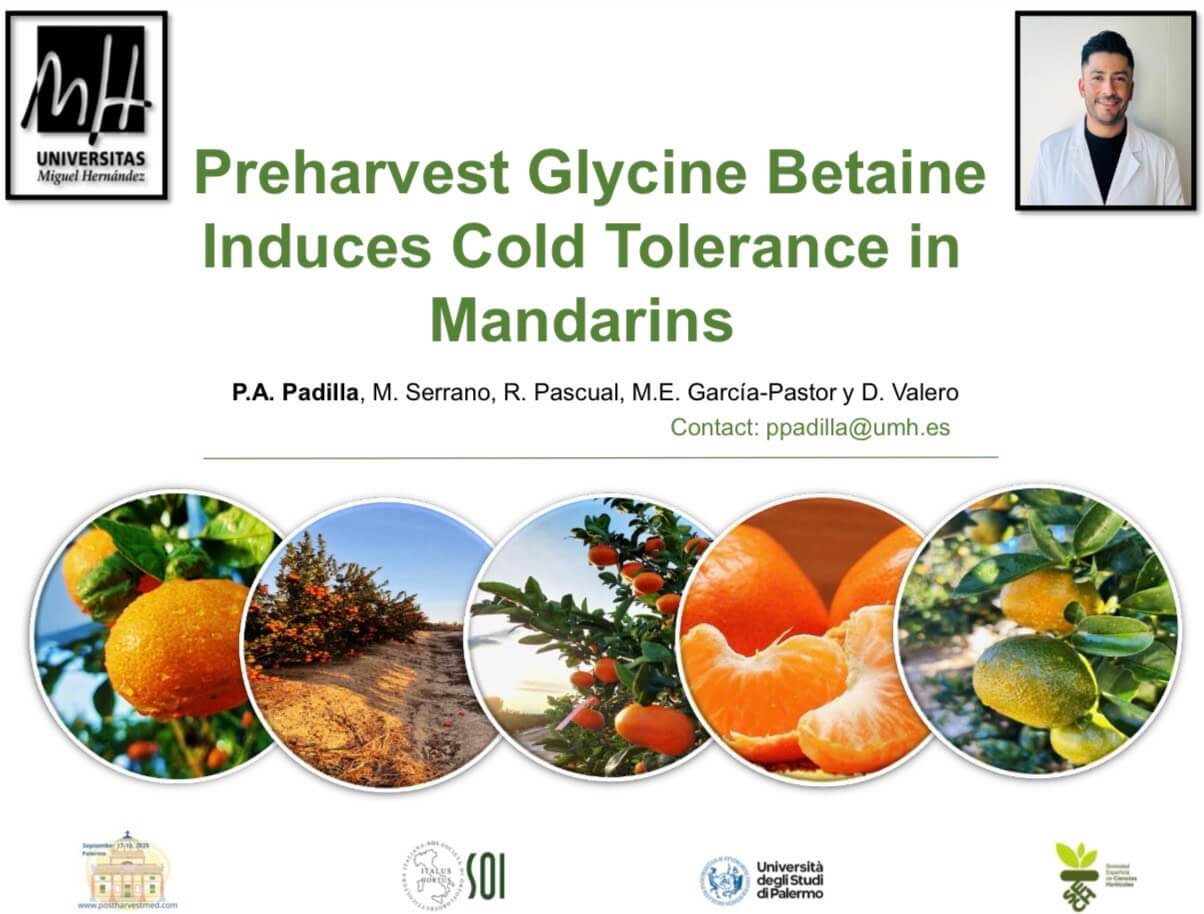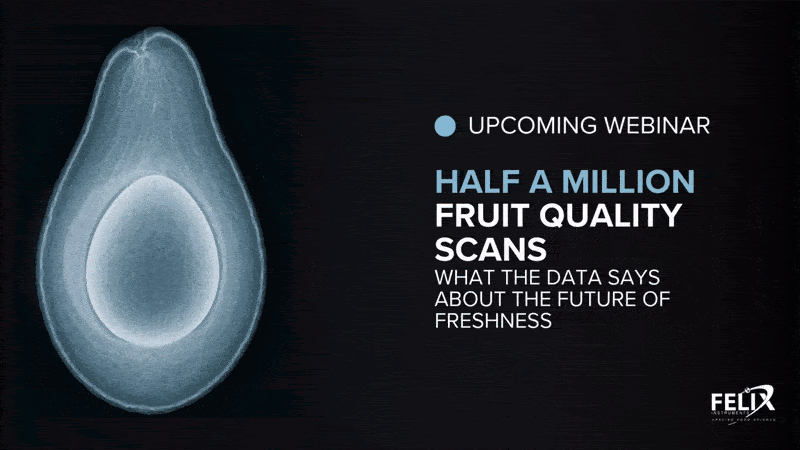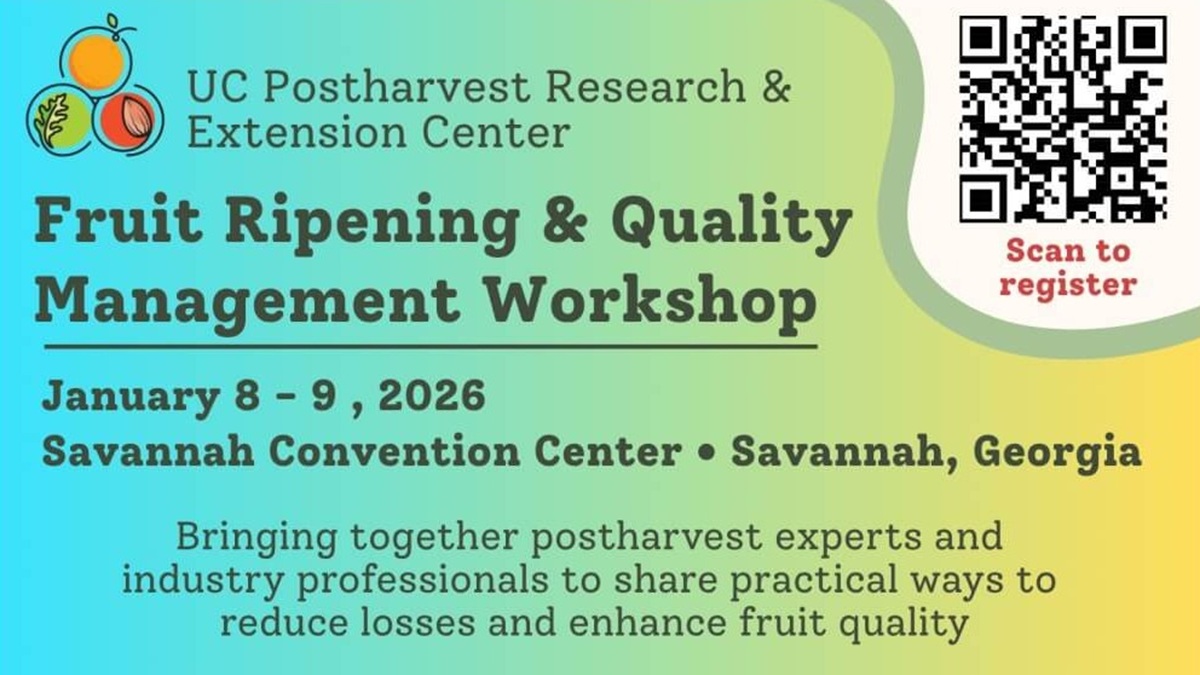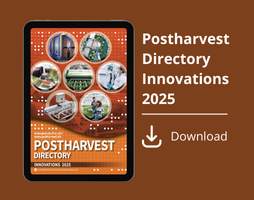News
A promising strategy to extend the postharvest shelf-life of 'Nadorcott' mandarins
Results of the research by Padilla Glez et al. indicate that the 15 mM glycine betaine treatment mitigated weight and firmness losses, reduced ethylene production, and decreased CI incidence, due an improved membrane stability

Low-temperature storage, while crucial for preserving fruit quality and extending postharvest life, frequently induces chilling injury (CI) in susceptible cultivars such as 'Nadorcott' mandarin.
Current consumer preferences for eco-friendly alternatives to synthetic chemicals are driving research into plant-derived compounds.
Glycine betaine (GB), a naturally occurring quaternary ammonium compound, is recognized for its vital role in cellular osmotic adjustment, protein stabilization, and enzymatic function, all contributing to enhanced cold tolerance in plants.
Despite its established benefits, the efficacy of preharvest GB application on citrus quality, articularly in cold-stored mandarins, has been largely unexplored.
The study presented by Pedro Antonio Padilla Glez, Universidad Miguel Hernández, Orihuela, Spain during PostharvestMED (Sicily, September 2025) aimed to investigate the impact of preharvest foliar application of a GB-rich organic nitrogenous fertilizer (STRESSLESS®, derived from beet molasses) on the postharvest quality of 'Nadorcott' mandarins subjected to prolonged cold storage.

STRESSLESS® is a formulated based on glycine betaine extracted from beet molasses; it reduces the unfavourable impact of the environment on the crop (drought, extreme temperatures, salinity, etc), keeping the correct physiological plant mechanism during these events
Source, Masso
The research
Treatments included a control (distilled water) and two GB concentrations (15 mM and 30 mM), applied at three critical stages of fruit development and ripening.
After 60 days at 1 °C followed by 10 days at 20 °C (shelf life), a omprehensive set of quality parameters were evaluated, including weight loss, firmness, respiration rate, thylene production, color, total soluble solids, total acidity, ripening index, ion leakage, CI incidence, malondialdehyde (MDA) content, and ascorbate peroxidase (APX) enzyme activity.
Antonio Padilla during the presentation in PostharvestMED
The results
Results demonstrated that the 15 mM GB treatment significantly mitigated weight and firmness losses, and reduced ethylene production compared to control fruits.
Furthermore, this treatment significantly decreased CI incidence, correlating with reduced MDA content and ion leakage, indicating improved membrane stability.
The 15 mM GB application also stimulated APX enzyme activity, suggesting enhanced antioxidant defense.
In conclusion, preharvest application of glycine betaine, specifically at 15 mM, presents a promising strategy to extend the postharvest shelf-life of 'Nadorcott' mandarins and significantly reduce the incidence of physiological disorders such as CI, offering a valuable tool for sustainable fruit quality management.
The main image shows the least cold damage in both glycine betaine treatments (green bars).
Presentation cover
Source
Preharvest glycine betaine induces cold tolerance in mandarins
Pedro Antonio Padilla Glez, Serrano M., Pascual R., García-Pastor M.E., Valero D.
PostharvestMED, 9th National Conference of the SOI Working Group on Postharvest Management of Mediterranean Crops, 17-19 September 2025, Palermo, Italy, https://www.postharvestmed.com














